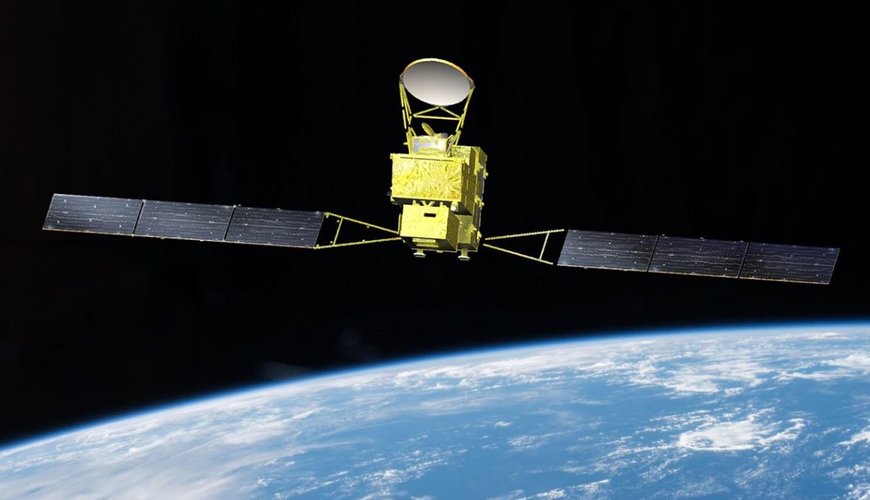www.industryemea.com
03
'20
Written on Modified on
Mitsubishi Electric Begins Developing the GOSAT-GW Satellite for Greenhouse Gases and Water Cycle Observation
Will contribute to scientific advancement in prevention of natural disasters due to climate change.

Mitsubishi Electric Corporation announced today that it has been designated by the Japan Aerospace Exploration Agency (JAXA) as the contractor of the Global Observing SATellite for Greenhouse gases and Water cycle (GOSAT-GW), the third in the GOSAT series, and has already initiated development activities.
GOSAT-GW will have two missions: greenhouse gases observation for Japan's Ministry of the Environment and the National Institute for Environmental Studies (NIES), and water-cycle observation for JAXA. By developing the GOSAT-GW satellite, Mitsubishi Electric will contribute to measures for preventing disasters attributed to global warming and climate change, and to advance scientific and technological methods that enable more accurate prediction of climate change.
Key Features
1)New sensor for global, accurate observation of greenhouse gas concentration
GOSAT-GW will be equipped with a sensor, named Total Anthropogenic and Natural emissions mapping SpectrOmeter-3 (TANSO-3), for observing concentrations of greenhouse gases, such as carbon dioxide and methane, over a wide area and with high precision for improved estimation accuracy of greenhouse gas emissions.
The global observation mode of TANSO-3 will cover large areas of Earth's surface without discontinuity, thus enabling more observation points than with previous models. TANSO-3 also will have a detailed observation mode with a spatial resolution three times higher than that of its predecessor, GOSAT-2 ("Ibuki-2"), enabling greenhouse gases to be observed with higher accuracy.
2)Enhanced geophysical quantity observation for improved water cycle and meteorological monitoring
GOSAT-GW will also be equipped with the newly developed Advanced Microwave Scanning Radiometer 3 (AMSR3), which will estimate geophysical quantity of earth's water on land, sea-surface and in the atmosphere. AMSR3 will use an increased number of frequency bands compared to its predecessors for more accurate estimation of hydro-geophysical conditions, such as precipitation, water vapor, sea ice and sea-surface temperatures.
Data obtained from observations will improve the accuracy of forecasting typhoons, torrential rains and other climatic conditions by meteorological organizations around the world. In addition, by providing detailed data for assessing the effects that climate change has on the water cycle, GOSAT-GW will contribute to efforts to measure the impact climate change has on everyday life and prepare necessary countermeasures.
www.mitsubishielectric.com

